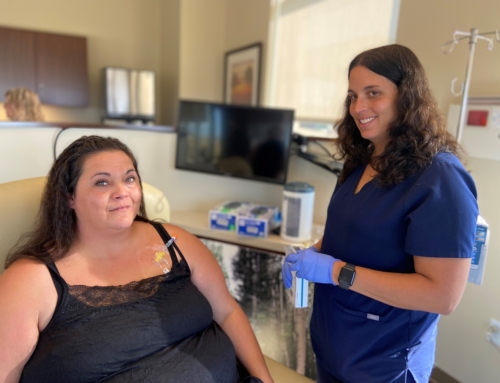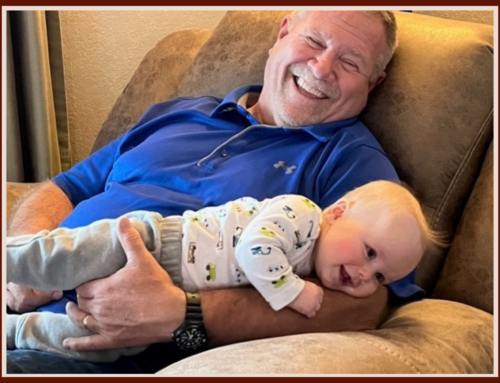By Lauren Glendenning, For Memorial Regional Health
Osteoarthritis Is One of the Most Common Orthopaedic Conditions Seen in Craig
Osteoarthritis — which occurs when the cartilage that cushions and protects the ends of your bones gradually wears away — is one of the most common conditions that Memorial Regional Health Orthopaedic Surgeon Dr. Kevin Borchard sees in Craig.
The Arthritis Foundation reports that osteoarthritis is the most common chronic condition of the joints. The condition leads to pain and stiffness that can worsen to the point of interrupting daily activities, according to the American Academy of Orthopaedic Surgeons (AAOS).
Causes and Symptoms
Joints are located where the ends of two or more bones meet. When healthy, joints “glide easily without pain because a smooth, elastic tissue called articular cartilage covers the ends of the bones that make up the joint,” according to the AAOS.
But osteoarthritis, also known as “wear-and-tear arthritis,” removes that cushioning over time.
“The causes of osteoarthritis are multifactorial. In some cases, it can be genetics — if your parents have it, you may be more likely to have it,” Dr. Borchard said. “For some people, it’s just normal wear and tear, especially if you’ve lived an active life or you’ve experienced trauma and sports injuries.”
Risk factors include age — the condition typically affects the middle-aged or older — obesity, previous injury to the affected joint and family history of osteoarthritis.
The Arthritis Foundation reports common symptoms to include:
- Sore or stiff joints — particularly the hips, knees and lower back — after inactivity or overuse
- Limited range of motion or stiffness that goes away after movement
- Clicking or cracking sound when a joint bends
- Mild swelling around a joint
- Pain that is worse after activity or toward the end of the day
Treatment
According to Dr. Borchard, regular, low-impact exercise has been shown to be good for the joints. He said treatment for osteoarthritis is broad depending on the how long the condition has progressed and how severe the symptoms are.
“The least invasive treatment is low-impact exercise,” he said.
Patients also might benefit from physical therapy, anti-inflammatory medications such as ibuprofen or Aleve, and wearing braces — particularly for the knee — to alleviate pain.
Dr. Borchard offers cortisone (steroid) injections for shoulder and knee arthritis, which can relieve pain and symptoms for about three to six months. He doesn’t often treat hip arthritis with steroid injections because relief typically only lasts for a few weeks, but for some patients, it could offer much needed short-term relief.
Another injection option is viscosupplementation, which Dr. Borchard said works well for patients with earlier stages of arthritis. Relief can last for about six months.
For more advanced arthritis, many patients experience a significant loss in mobility over time. As the joint wears out, the shape of the bone changes, which can cause bone spurs.
“There’s not really any way to remove the bone spurs or reshape the joint without doing joint replacement surgery,” Dr. Borchard said, noting that patients usually return to normal activities by about six weeks post-operation. “Whether it’s for the knee, shoulder or hip, joint replacement surgeries are some of the most successful surgeries we have as orthopaedic surgeons.”
Orthopaedic Medicine at MRH
Orthopaedic surgeon Dr. Kevin Borchard offers the following services at Memorial Regional Health:
- Advanced total joint replacement surgery
- Revision surgeries
- Minimally invasive surgeries, including superior approach hip technique
- Sports medicine emphasis
To learn more or to schedule an appointment, call 970-826-2450.
How Does Osteoarthritis Affect the Body?
- Hips. Pain is felt in the groin area or buttocks and sometimes on the inside of the knee or thigh.
- Knees. A “grating” or “scraping” sensation occurs when moving the knee.
- Fingers. Bony growths (spurs) at the edge of joints can cause fingers to become swollen, tender and red. There may be pain at the base of the thumb.
- Feet. Pain and tenderness is felt in the large joint at the base of the big toe. There may be swelling in ankles or toes.
Source: The Arthritis Foundation






